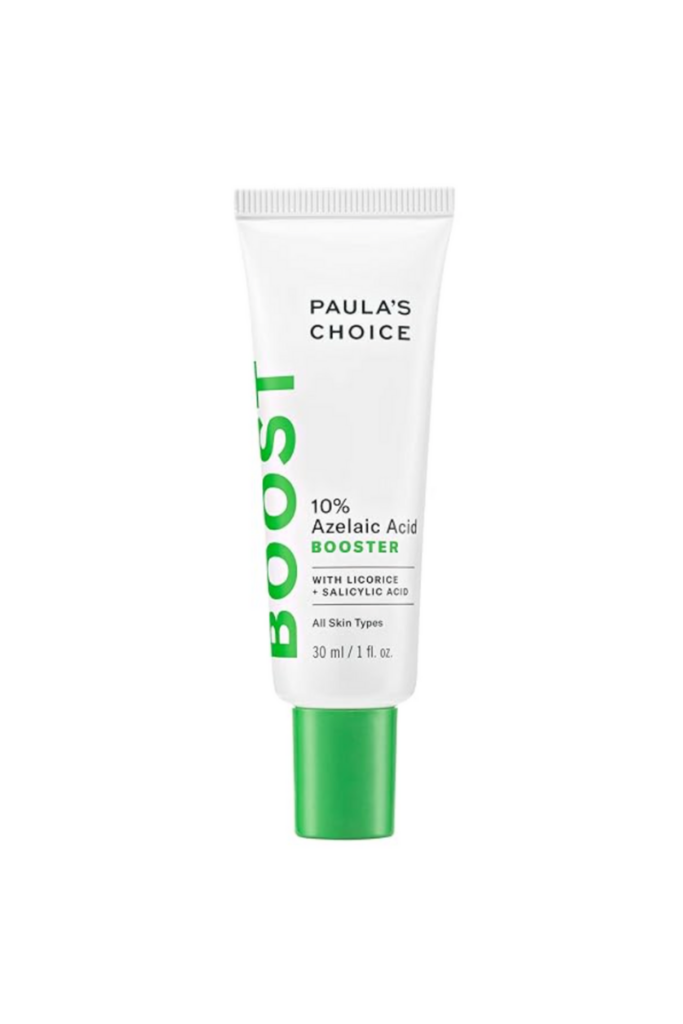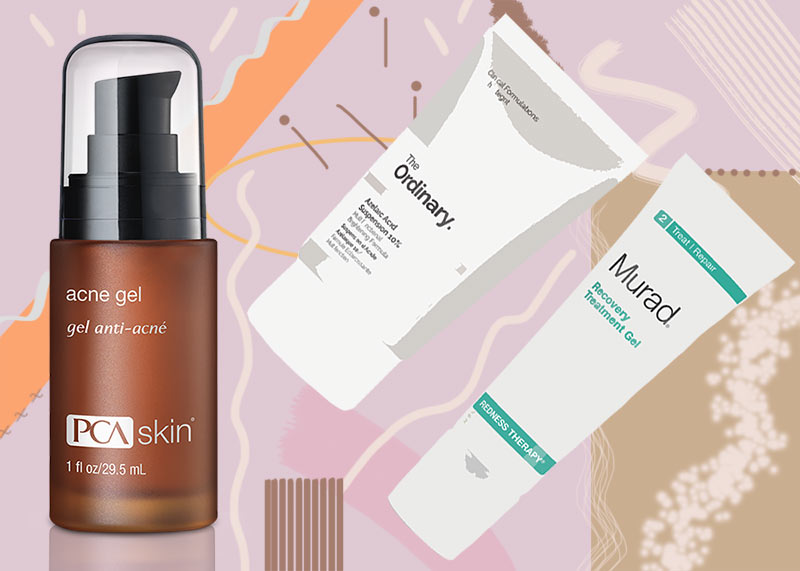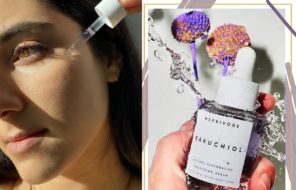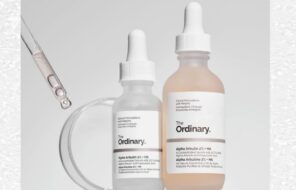Azelaic acid is like that new kid at school who you sort of notice at first, and you guess they seem nice, but the next thing you know they’re the most popular kid in the class. This skincare ingredient popped up seemingly out nowhere, when it was recently approved for use in over-the-counter products in the US, and suddenly any skincare addict worth their salt was using it in their skincare routine.
So don’t get left behind – learn what all the fuss is about, and maybe you’ll find yourself ordering a bottle of this stuff as well. In this post, we explain exactly what azelaic acid is, how it works, how to use azelaic acid for skin, and any potential side-effects.
What is azelaic Acid?
Azelaic acid is a dicarboxylic acid that occurs naturally in barley, rye, and wheat. This ingredient is becoming increasingly popular in skin care, especially for those with sensitive and acne-prone skin, thanks to its ability to improve the look of most skin types, with very little irritation and side effects.
Azelaic acid is normally a prescription-only product, but there are a few over-the-counter azelaic acid options that are starting to pop up.
What are the benefits of azelaic acid for the skin and how does it work?
Azelaic acid works on multiple fronts. First, as an antibacterial agent, it prevents the proliferation of the acne bacteria. This means that it helps keep the acne bacteria away, which helps prevent acne breakouts from occurring in the first place.
These same antibacterial properties are very likely effective for dealing with rosacea, which is thought to be caused by bacteria. Unlike other antibacterial agents, azelaic acid is much milder so it won’t aggravate or irritate skin that is already sensitive due to rosacea.
Second, as an anti-inflammatory ingredient, azelaic acid is able to reduce the redness, pain, and swelling that are associated with acne, rosacea, and overall sensitivity. It immediately calms breakouts, while also working to keep new pimples from popping up.
Third, as a keratolytic agent, azelaic acid helps prevent pore-clogging build-up. Keratin is one of the protein components in our skin, and when it gets built up in the pore, it is one of the elements contributing to acne. Azelaic acid helps keep it from clogging the pore, making the skin overall clearer and helping to prevent both breakouts and closed comedones.
Fourth, azelaic acid is an effective tyrosinase inhibitor. Tyrosinase is an enzyme that is responsible for the production of melanin in the skin. One of the most effective ways skin care can improve hyperpigmentation, and brighten the skin in general, is by disrupting the action of this enzyme. Since azelaic acid is excellent at doing that, it is a great addition to a skincare routine meant to target dark spots and pigmentation.

How should I use azelaic acid?
The way you use azelaic acid partially depends on what your desired results are. You may choose to combine it with different actives, in order to achieve various results. However, no matter what your desired effect is, you should generally stick to the following order when putting azelaic acid into your skincare routine:
- Cleanse: In the evening begin by cleansing your skin with a gentle facial cleanser (if you wear makeup, you can double cleanse with an oil cleanser, followed by a second cleanser).
- Apply Actives: Apply any serious active ingredients to your skin. If you choose to use an azelaic acid that is combined with actives like vitamin C, glycolic acid, or salicylic acid, apply it immediately after cleansing. Wait 15-20 minutes.
- Apply Serums: If you have any humectant serums in your routine, now is the time to pat them onto your skin!
- Apply Azelaic Acid: Next apply your azelaic acid treatment, assuming it isn’t paired with other actives. If it is in a moisturizing-enough solution, this can be the end of your routine! If it is not nourishing enough, layer a moisturizer on top of it.
- Apply Sunscreen: In the morning, make sure to apply a broad-spectrum sunscreen with an SPF of 30 or higher after layering your skin care products. Since azelaic acid can make your skin more sensitive to the sun, it is important to protect your skin from UV rays.
Are there any side effects?
For the most part there aren’t any side effects to using azelaic acid. Very few people do report some mild stinging or burning, which tends to fade away quickly.
However, as with anything, an allergic reaction is possible! Stop using azelaic acid (and maybe find a doctor) if you react to it with a rash, severe burning or itching, extreme peeling or dryness, or if it gives you trouble breathing.
Tips and Precautions When Using Azelaic Acid
Although azelaic acid is tolerated generally well by most people, there are a few tips and tricks to keep in mind when first incorporating this skincare agent into your daily routine to avoid irritation and ensure optimal benefits.
- Start Slowly: If you’re new to using azelaic acid, start by applying it once a day, preferably in the evening. This helps your skin get used to the product.
- Increase Gradually: If your skin tolerates it well, you can increase the application to twice a day, morning and evening.
- Consistency is Key: Use azelaic acid regularly for the best results. It may take several weeks to see noticeable improvements.
- Patch Test: Before using azelaic acid on your face, do a patch test on a small area of skin to ensure you don’t have an adverse reaction.
- Avoid Mixing with Certain Ingredients: Be cautious when using azelaic acid with other active ingredients like retinoids or exfoliating acids, as this can increase irritation. Consult with a dermatologist if you’re unsure.
Have you tried azelaic acid? What were the results? Share your experiences!





